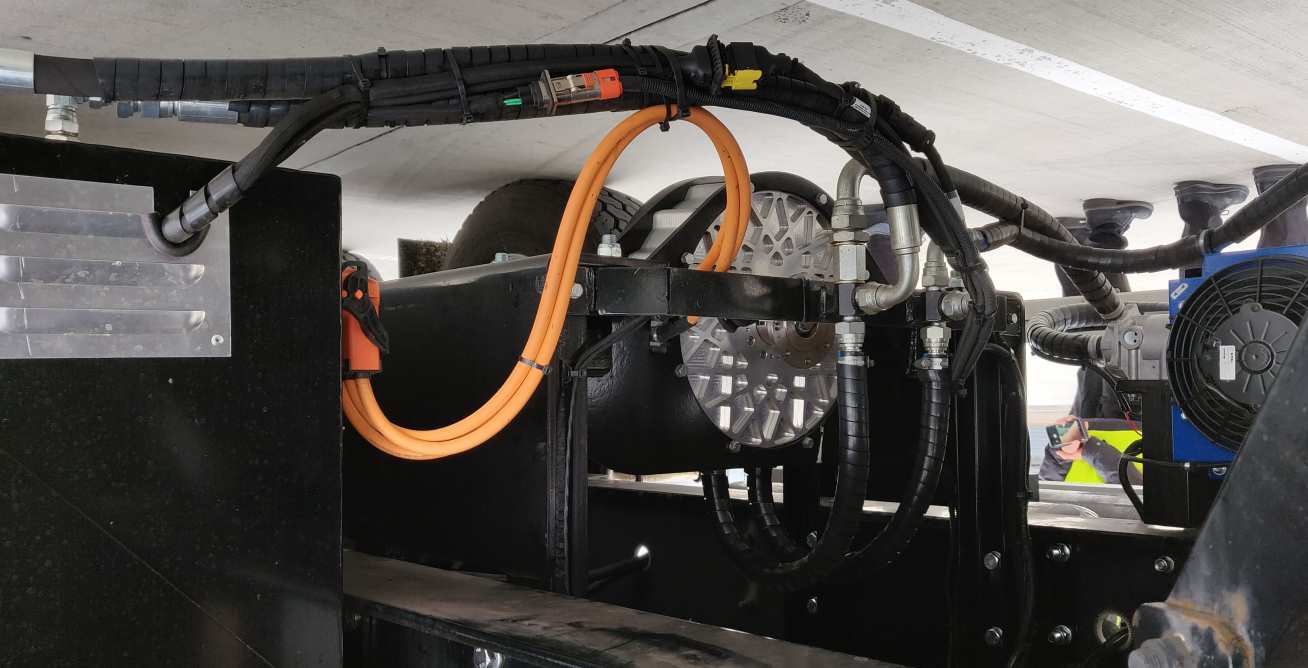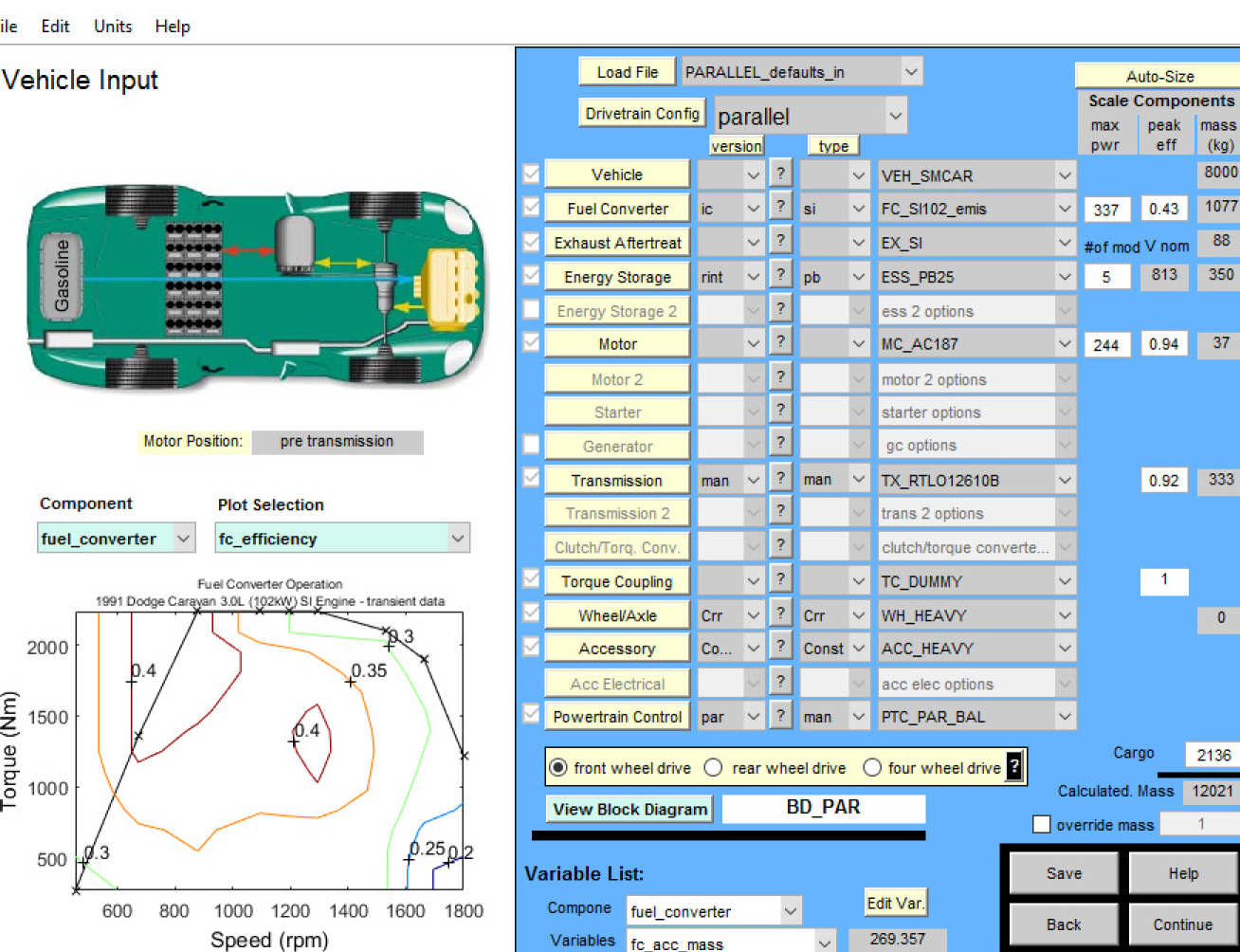Kinetic Energy Recovery for urban logisticS applications

Heavy Goods Vehicles (HGVs) and buses are responsible for approximately 4% of total GHG emissions produced in the UK [1]. Despite efforts to reduce the environmental impact of HGVs in recent years, an emissions reduction of only 10% was observed between 1990 to 2015 [2]. These reductions were not the result of improvements in engine efficiency, but instead were the result of reductions in freight kilometre and goods lifted [3].

HGVs pose significant health impacts to residents in urban areas due to the noxious emissions produced during operation. In 2010, HGVs were responsible for producing 7.6% of NOx, and 3.1% of PM10 in London [3], where the total mortality burden due to poor air quality is equivalent to 9,500 deaths each year representing an estimated economic cost of up to £3.7 bn [4, 5]. With global freight activity expected to increase 70% by 2030 [6], there is a pressing need to decarbonise HGVs to reduce energy consumption and GHG and air pollutant emissions.
Funded by Innovate UK, this project aims to evaluate the environmental and economic benefits of a kinetic energy recovery system (KERS) on HGVs. The project consortium is formed by HGV operators Howdens and Sainsbury’s; KERS technology provider Alternatech; and independent data analysis and modelling by Imperial College London.
A KERS system designed for HGVs that operate in urban areas can be used to recover some of the braking energy and potentially increase fuel efficiency by up to 30% depending on the drive cycle and loading conditions [3].
The project will carry a 12-month trial on 20 HGVs used by Sainsbury’s and Howdens to deliver freight goods to stores across the UK. The research and trial programme includes 1) real-world operational tests, 2) controlled fuel consumption and emissions tests, and 3) mathematical modelling of the HGV and KERS to optimise the control strategies and identify the most suitable duty cycles for these systems.
Research team involved:
- Dr Marc Stettler (Principal Investigator)
- Dr Panagiotis Angeloudis (Co-Investigator)
- Prof Washington Ochieng (Co-Investigator)
- Dr Daniel Ainalis (Research Associate)
- Dr Pablo Achurra-Gonzalez (Research Associate)
References
[1] Department for Transport “Freight Carbon Review 2017 Moving Britain Ahead” (2017).
[2] Department for Transport “Greenhouse gas emissions by transport mode: United Kingdom (ENV0201).” United Kingdom. (Published 2013, last updated 2016).
[3] Department for Transport “Domestic road freight Activity: Goods moved, goods lifted and vehicle kilometers (RFS0101)” United Kingdom. (Published 2012, last updated 2017).
[4] Transport for London “Transport Emissions Roadmap, Cleaner transport for a cleaner London.” UK. (September 2014).
[5] Low Carbon Vehicle Partnership (written by Brian Robinson, reviewed by Andy Eastlake) “Emissions Testing of Urban Delivery Commercial Vehicles” (2017).
[6] Sustainable Mobility for All “Global Mobility Report 2017: Tracking Sector Performance.” World Bank (2017).
[7] Odhams, A.M., Roebuck, R.L., Lee, Y.J., Hunt, S.W. and Cebon, D. “Factors influencing the energy consumption of road freight transport.” Proceedings of the Institution of Mechanical Engineers, Part C: Journal of Mechanical Engineering Science, 224(9) (2010).
Contact us
Director
Dr Marc Stettler
Email: m.stettler@imperial.ac.uk
Tel: +44 (0)20 7594 2094
Centre for Transport Engineering and Modelling
Skempton Building